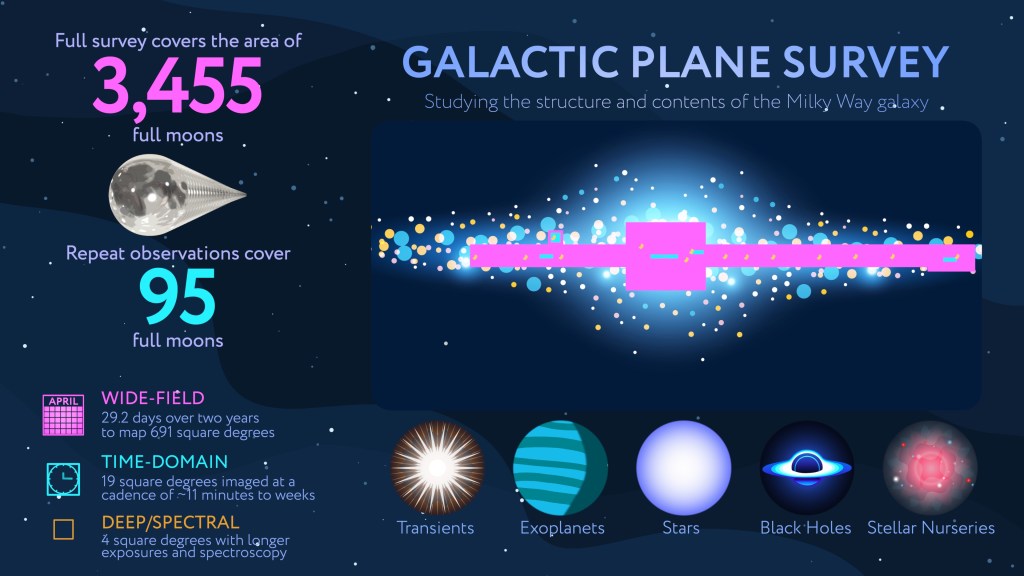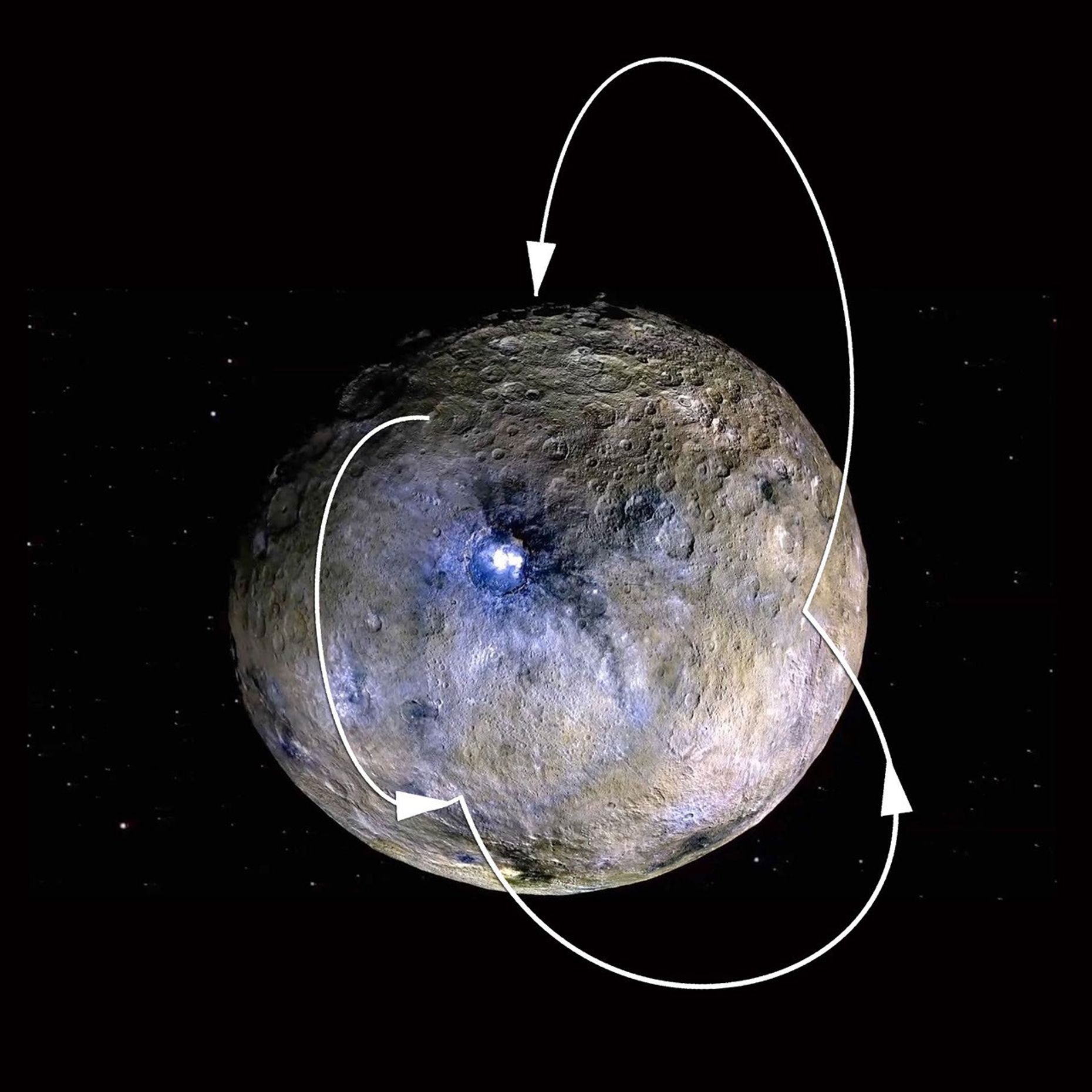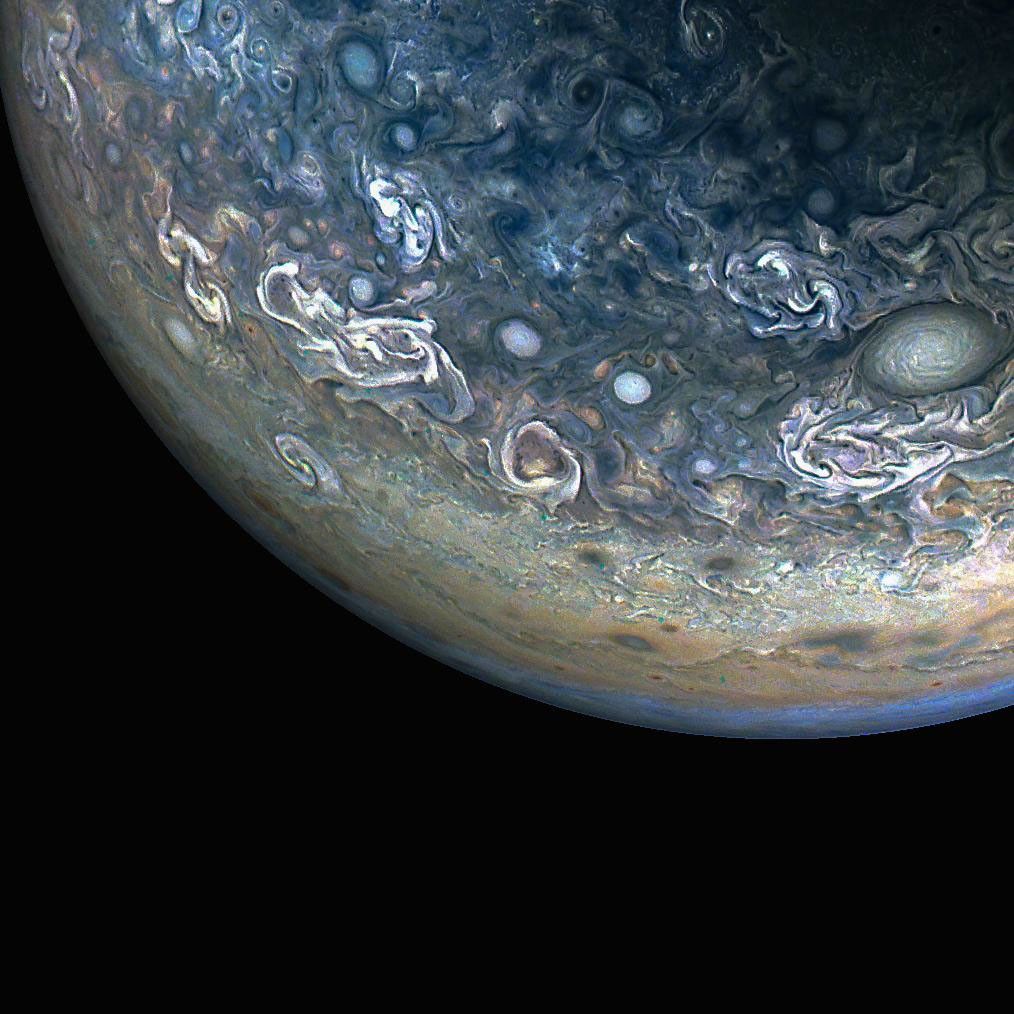Description
This graphic shows a theoretical path of a water molecule on Ceres. Some water molecules fall into cold, dark craters at high latitudes called "cold traps," where very little of the ice turns into vapor, even over the course of a billion years. Other water molecules that do not land in cold traps are lost to space as they hop around the dwarf planet.
The graphic features an enhanced color image from NASA's Dawn spacecraft (see PIA20182).
Dawn's mission is managed by JPL for NASA's Science Mission Directorate in Washington. Dawn is a project of the directorate's Discovery Program, managed by NASA's Marshall Space Flight Center in Huntsville, Alabama. UCLA is responsible for overall Dawn mission science. Orbital ATK, Inc., in Dulles, Virginia, designed and built the spacecraft. The German Aerospace Center, the Max Planck Institute for Solar System Research, the Italian Space Agency and the Italian National Astrophysical Institute are international partners on the mission team. For a complete list of mission participants, see http://dawn.jpl.nasa.gov/mission.
For more information about the Dawn mission, visit http://dawn.jpl.nasa.gov.






























